 WRITTEN BY DANIELLA LITVAK
WRITTEN BY DANIELLA LITVAK
DL: Welcome home! I understand you grew up in Westminster and now live in New York City. What is it like to be back in Orange County?
KK: Everything seems familiar, but my reference points have shifted. I belong here, and I’m also an outsider now. I guess home always feels like home. But I only miss it when I’m here. The best part is seeing old friends. Some of my favorite people are based in Southern California.
DL: Why did you choose the OC Centric New Play Festival to make the West Coast premiere of your play?
KK: OC-Centric chose me! It is nearly impossible for new playwrights to get produced. Most festivals and theaters want a sure thing. So even when theaters say they produce new plays, they are really looking for the latest play from a well-established artist. New artists are a risk. So Tamiko [Washington] and Eric [Eberwein] offer something incredible here. They trust themselves to curate new work by lesser-known artists—and that is really something. I was lucky that my work spoke to them. It is an added bonus that being part of OC Centric is a homecoming of sorts.
DL: What was your inspiration for writing Night Moths on the Wing?
KK: My inspiration is always the same: I write to figure things out, to figure people out, to try and see the world through someone else’s eyes. I began writing Night Moths on the Wing at a time when I needed a way to see the world through the eyes of people who do bad things for no apparent reason. I wanted to form a theory about why evil can be so seductive. I was pretty sure I had encountered a sociopath and admittedly found this person charismatic. I just wanted to explore those emotions that come with an initial fascination – of really being taken in by a personality and then discovering that person is soulless – even dangerous. It’s uncanny how many people are seduced by charismatic types — in personal relationships, work relationships, politics…
DL: When you start a new project, how do you know if it is meant to be a play versus a short story or a novel…?
KK: This began as a play, and that felt right. Theater is grounded in dialogue, but as you can see, I still explore action without spoken dialogue – relying on physical vocabulary and movement to communicate ideas and emotions. I love writing dream sequences that are highly theatrical and leave pauses for silence. The theater also lends a sense of community and immediacy to the process. Writing can be so solitary. I think I just needed a reason to go outside.
DL: What was it like working with [Director] Michael Serna?
KK: When I met Michael, I knew instantly that he was brilliant. It can be so scary to work on a play for months — or years — and then turn it over to a stranger who will bring it to life. So, I was thrilled that he connected to the play and that we had a natural rapport. When the playwright and the director are on the same wavelength, it creates a safe space. Though I was mostly in New York while they were getting the play on its feet, Michael Skyped me into rehearsals and let me be a part of it. He did everything he could to include me in the process. Once I saw him working, I knew I could trust him. I feel very lucky that he took on this project.
DL: Who created my favorite visual effect of having the prisoner’s cage be [made out of ] light?
KK: That was all, Michael. There’s a moment in the script where the bars of the cage “seem to disappear.” But there is nothing in the script that specifies what the cage is made of. I loved the beams of light to designate that space. It completely disrupts notions of inside/outside.
DL: Did you discover anything new about the characters once the cast started to act out the roles?
KK: I always do. I’ve seen four sets of actors do this play so far, and no interpretation has ever been the same. It dazzles me to watch actors do what they do. This cast has a really different take than I’ve seen before, and I liked it a lot.
DL: How do you feel about labeling Night Moths on the Wing as dystopian?
KK: Someone asked me that question the other day. I guess people see it that way – though for me, the play seems more proximate. When I look at the world around us right now, this is what I see. So, it doesn’t seem like a warning or a prediction. When I started writing it in 2009, Syria had not yet become a headline. It was happening, of course, but it wasn’t the focus of our news media — and obviously, Trump wasn’t on the radar yet. At OC Centric, people asked me if this play was about Trump and/or about immigration. All I can say is yes! It speaks to all of that – though that is not all that it speaks to – if you see what I mean. As I’ve moved around, I lived for a while in Belfast [Northern Ireland] and then in Tirana [Albania]. There is a certain far-away feeling that comes from living in a particular kind of chaos – say, in a war zone or in a developing country. Perhaps those experiences fed into this vision, but this play is not a statement piece or a war piece. It’s an exploration of why people do bad things and why we let them. But I do love the way this works on stage—in that confined space. I like the claustrophobic tension. I think too much of an outside world, if brought in, would be a distraction. It’s important to me that the audience does not know where or when they are, as it is about them everywhere now.
DL: What made you choose moths as the play’s central metaphor?
KK: I was looking for an image that did two things at once, something that embodied the idea of transition and that also played on the idea that we cannot always identify what we see. We get things wrong, don’t we? The play’s title comes from a Yeats poem called “Blood and the Moon.” When I started looking at images of night moths to better understand the poem, I was struck by how they are not only as beautiful as butterflies but even more colorful. I love the idea that people think of moths as grey and colorless pests, so when (if ) we were to see a night moth, we might mistake it for a butterfly. Who knew the most vibrantly colored insects only fly in the dark, where they are rarely seen? It seemed the perfect embodiment of how we do not know what we see.
DL: What are you currently working on?
KK: On the playwriting front, I just debuted a new one-act in New York City called “The Shooter,” which I wrote for a New York Madness project. I also have a full-length play, What Happened to Emmaline, in development. Hopefully, both will be in the world in the next year or so.
DL: Thanks so much for taking the time to talk with us about your work.
KK: It’s my pleasure. Thanks so much for coming out to see the play!
Night Moths on the Wing @ OC Centric’s New Play Festival – Review





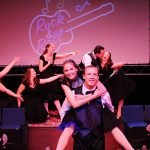
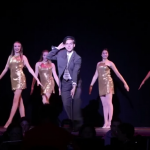



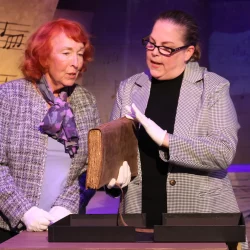
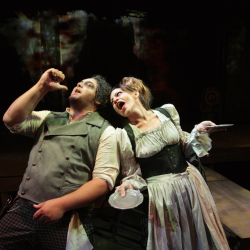
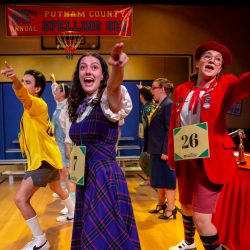
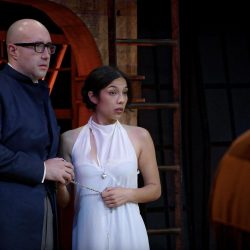


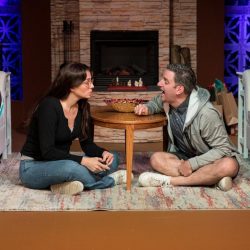


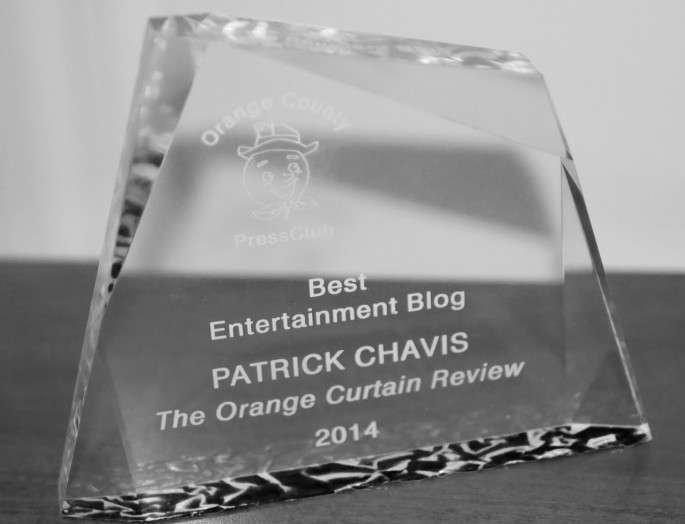
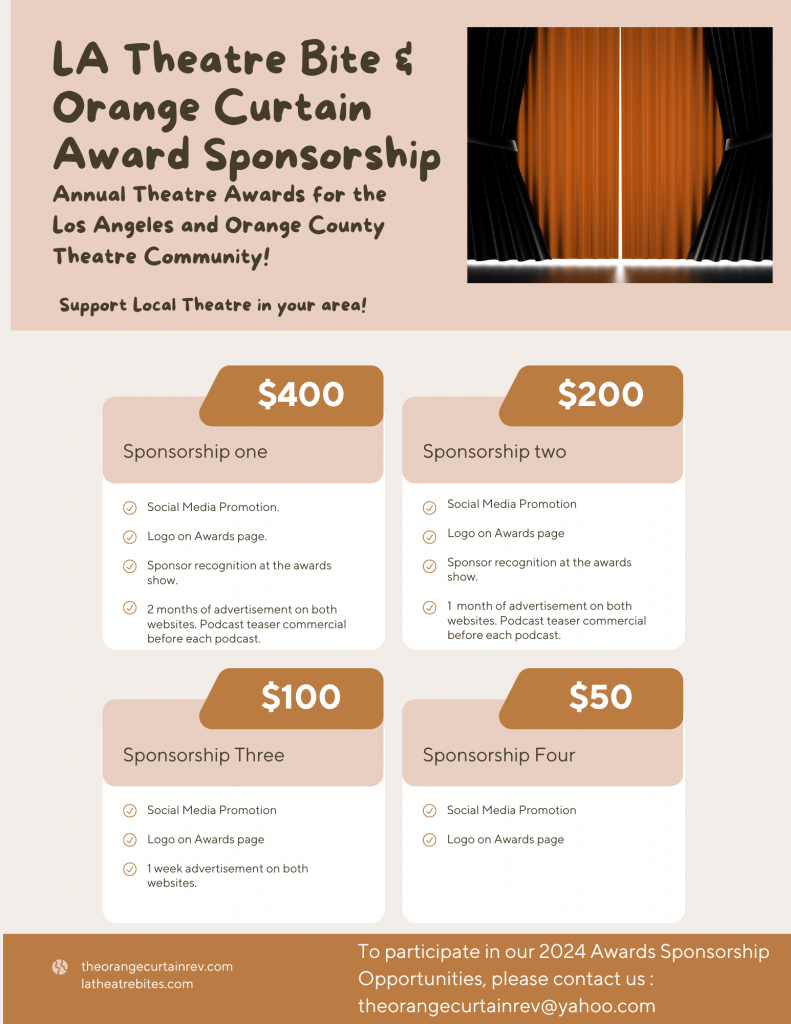
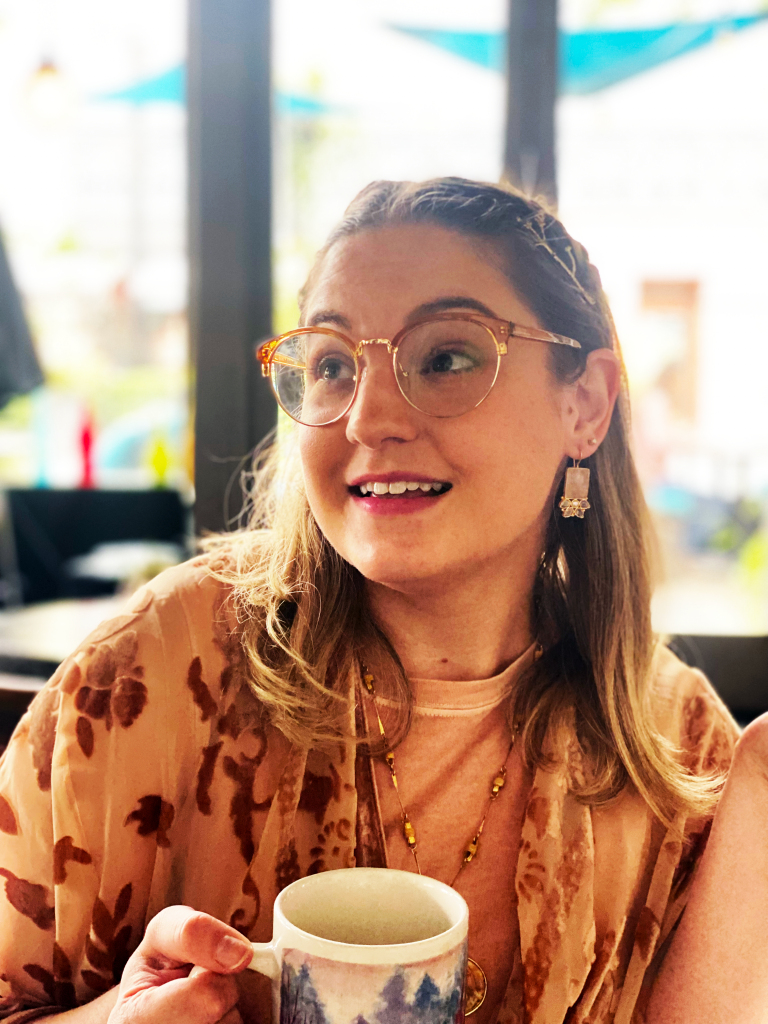
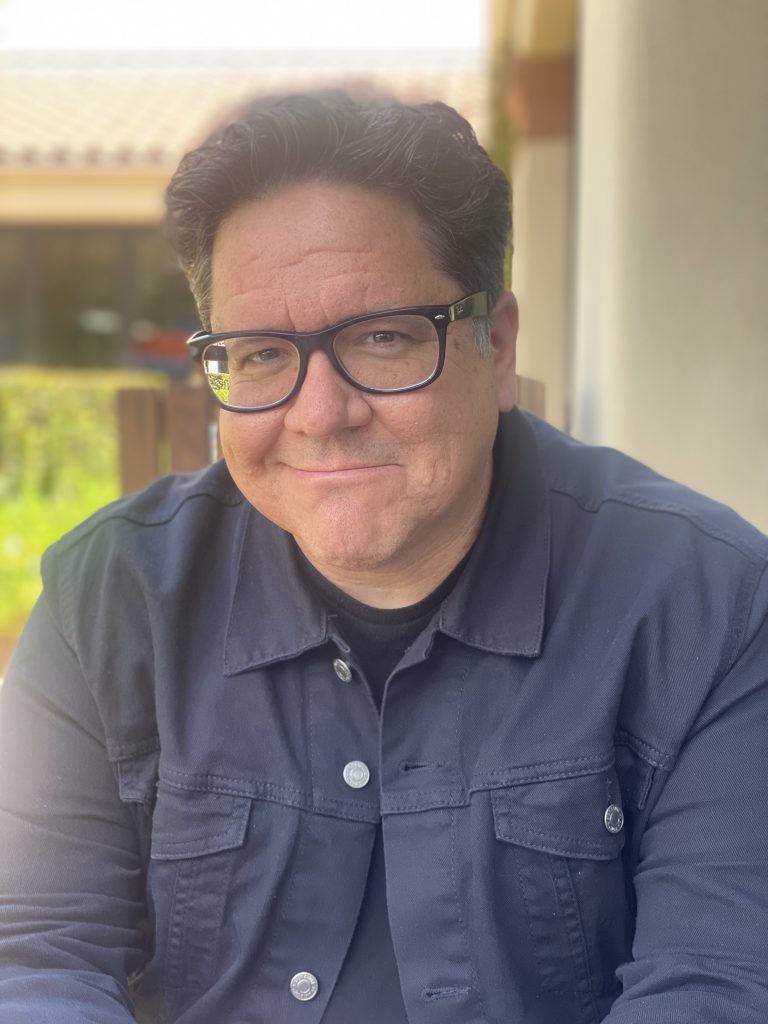

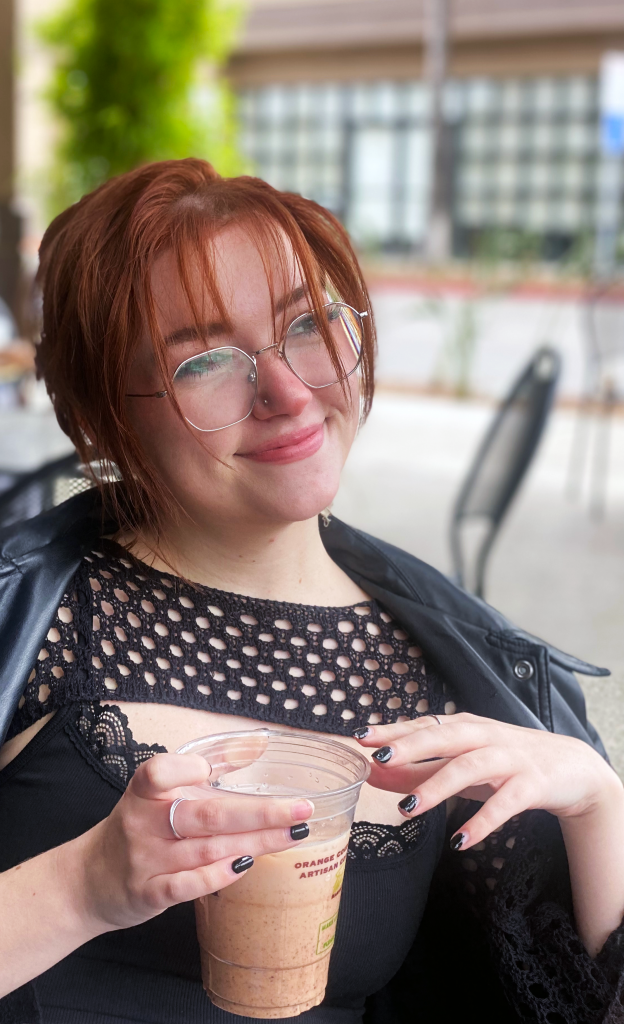
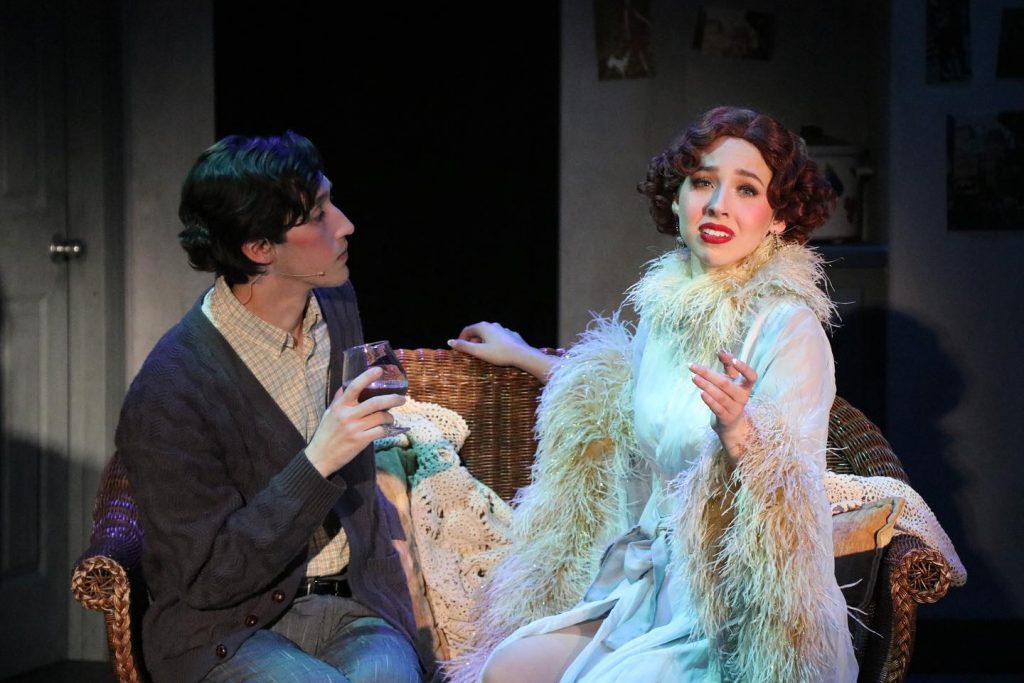
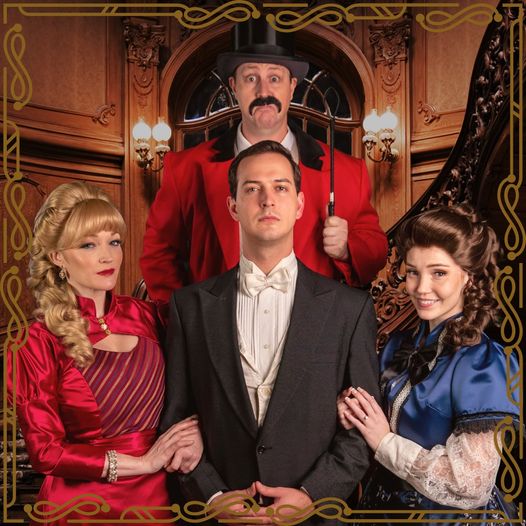
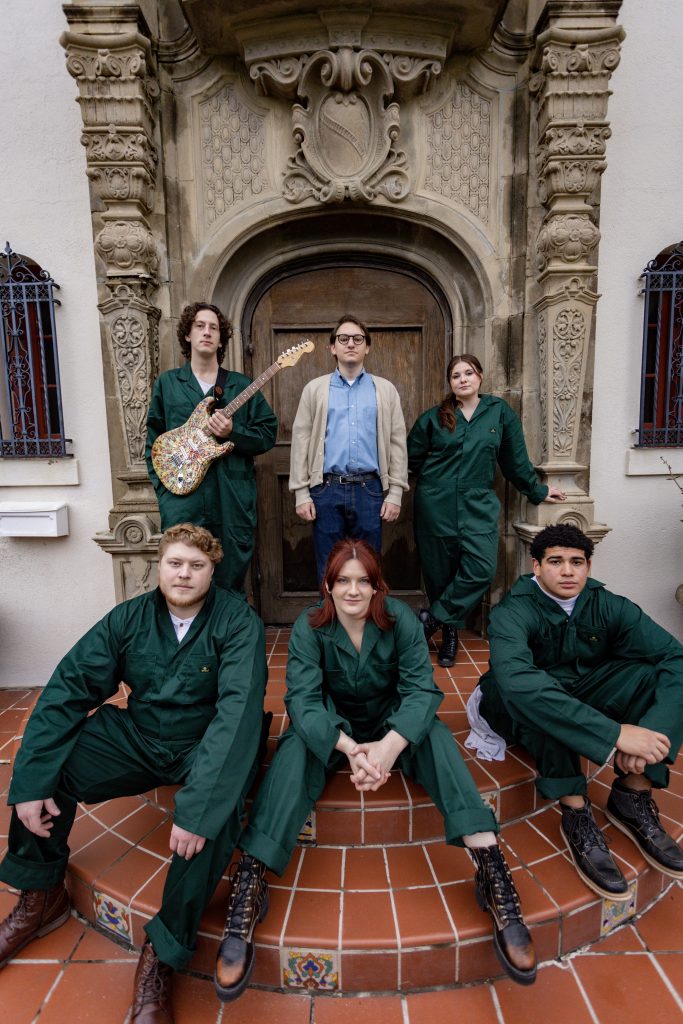
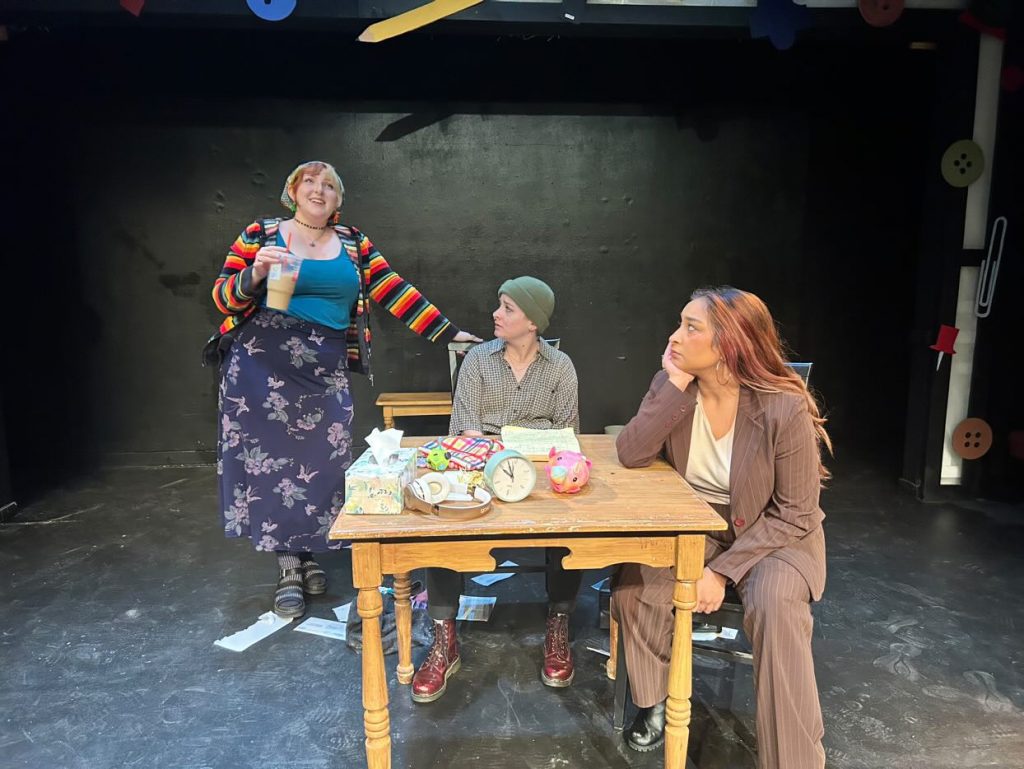
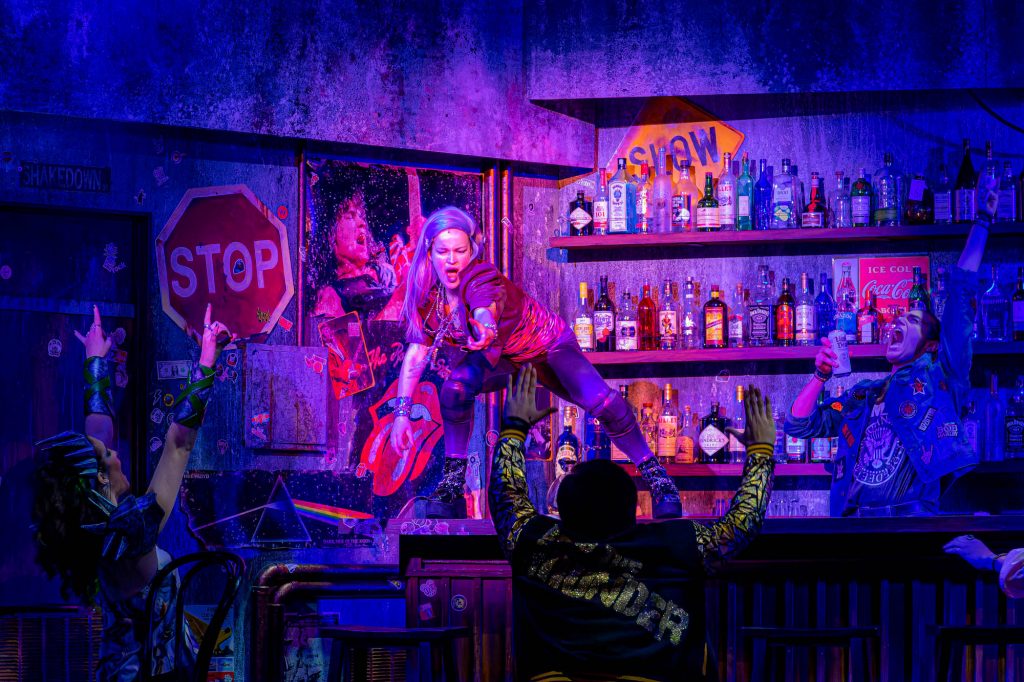

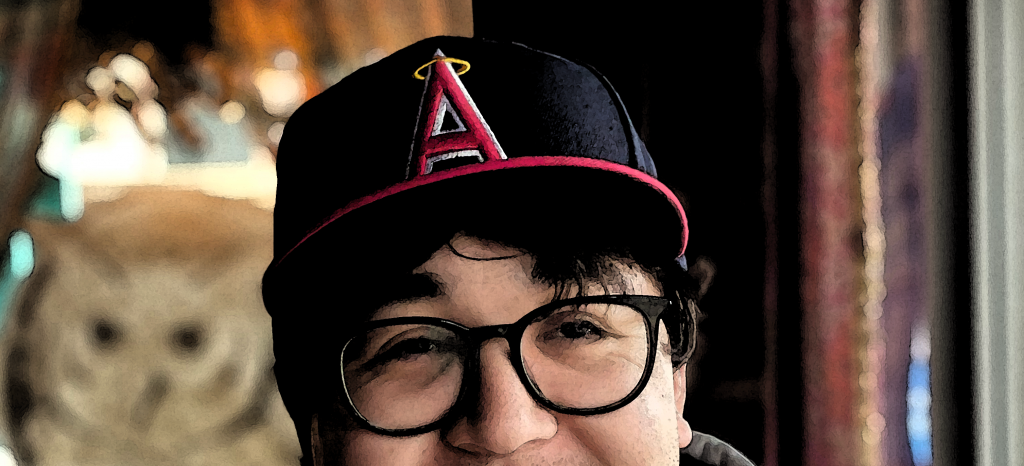
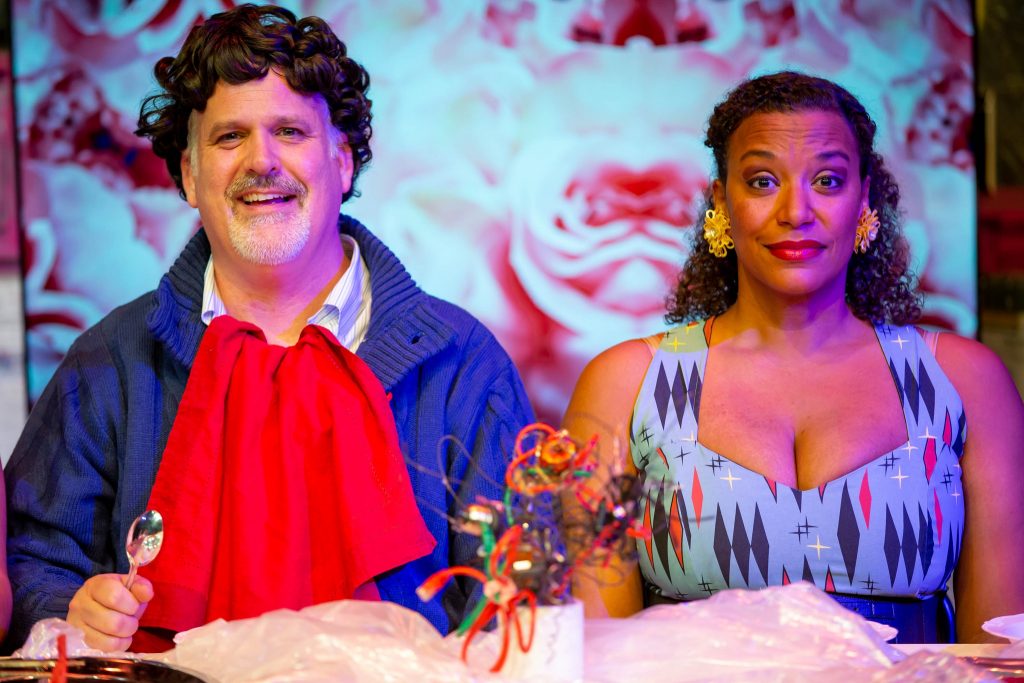

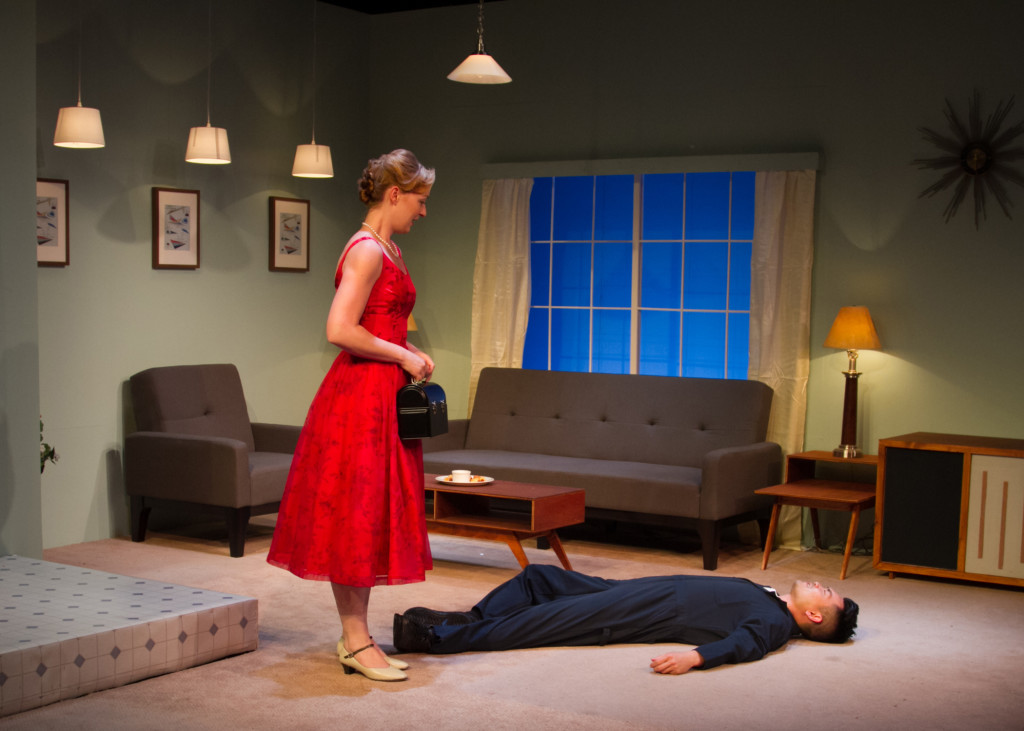
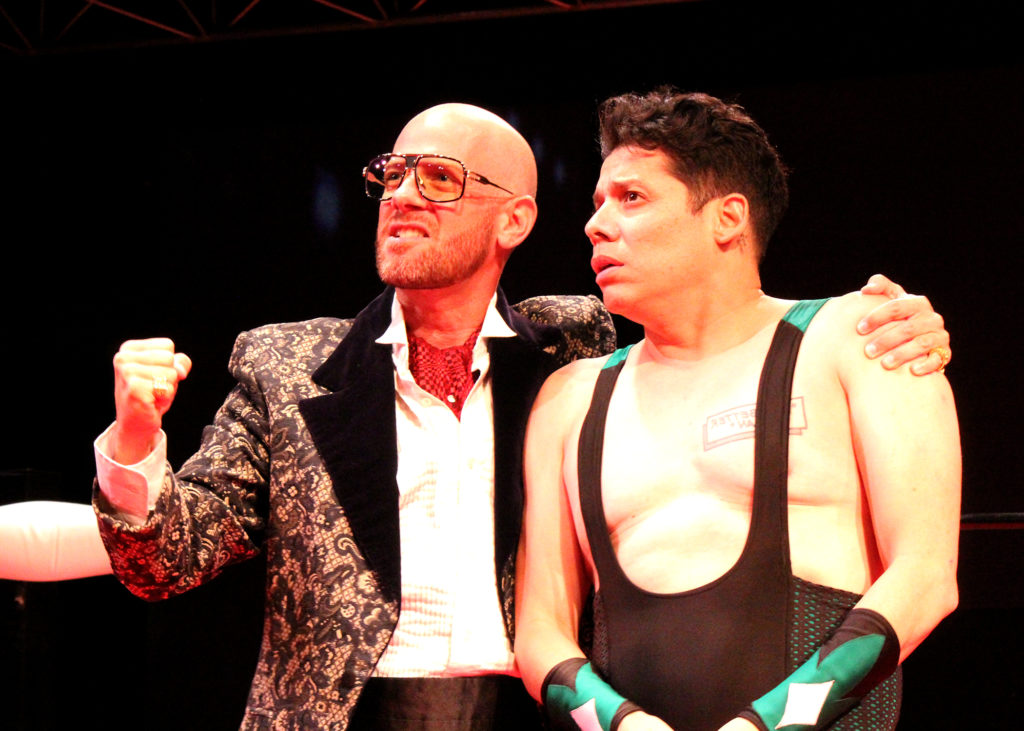
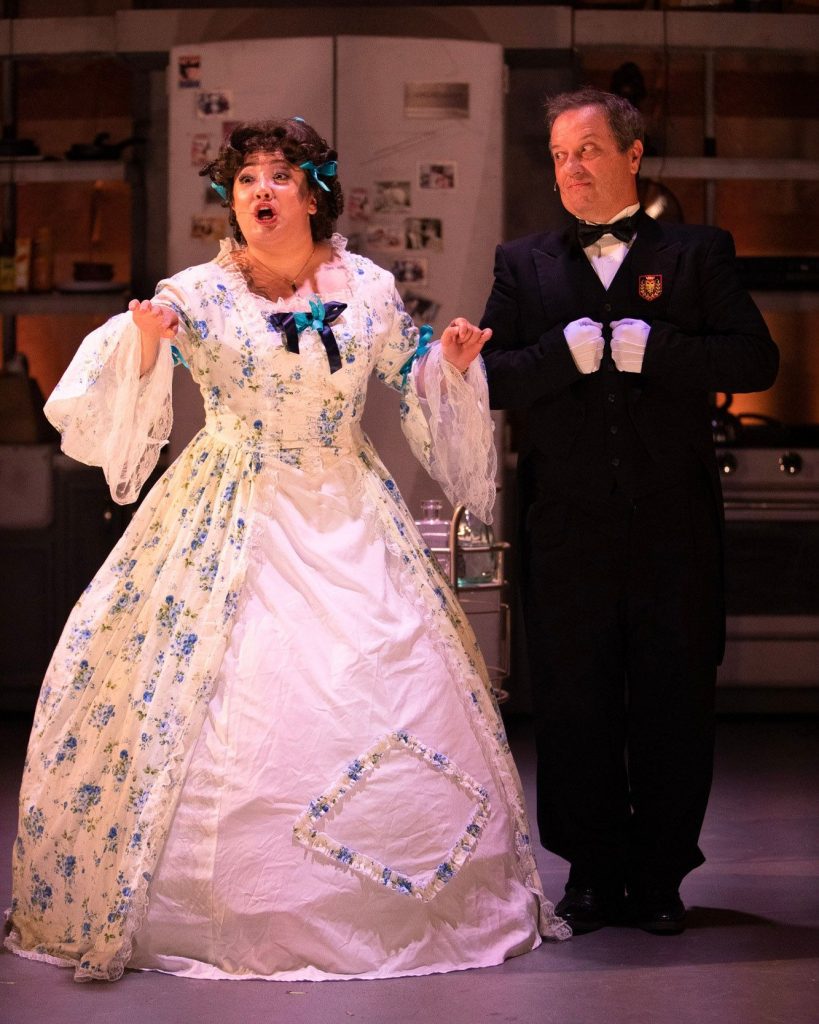
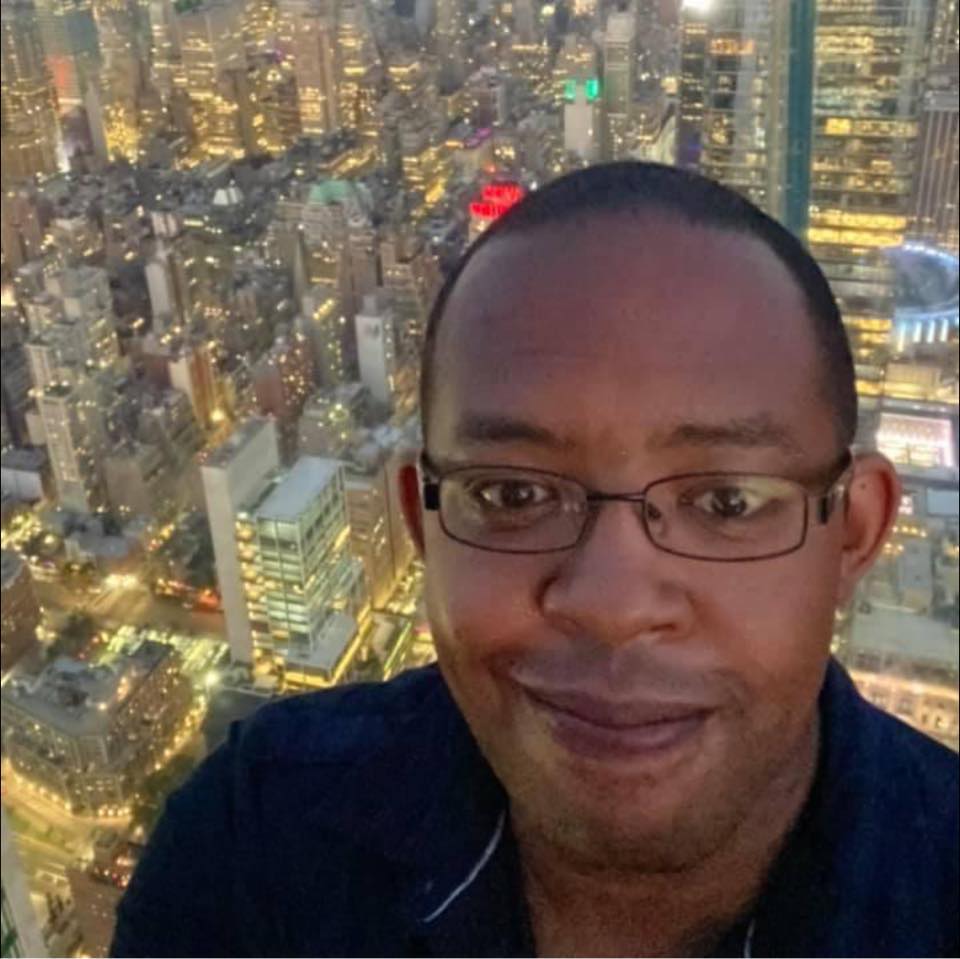
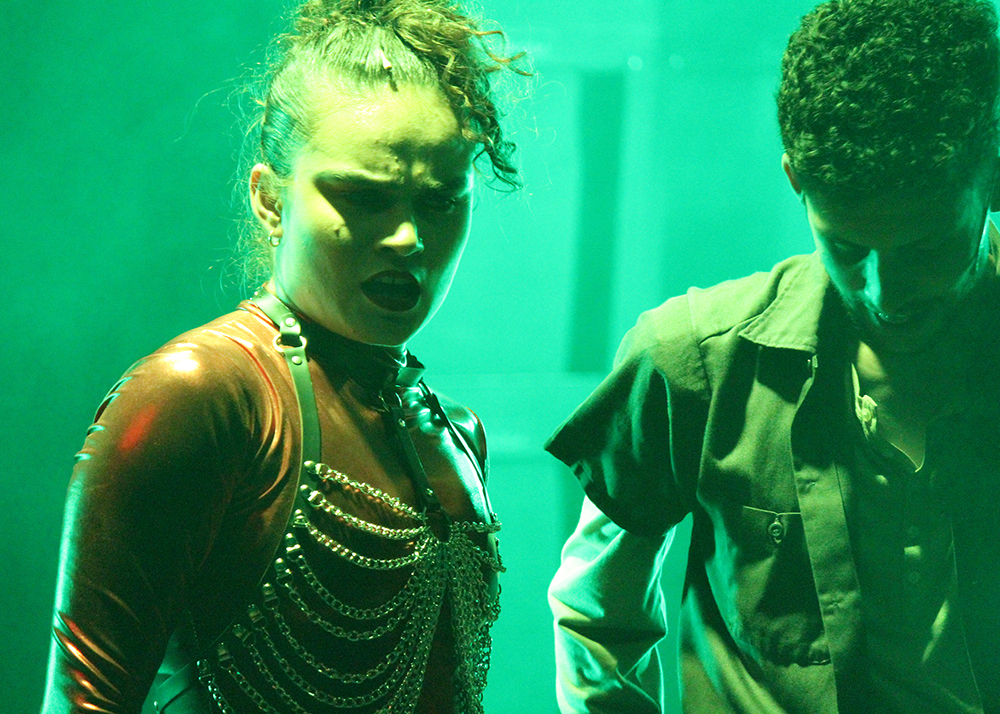
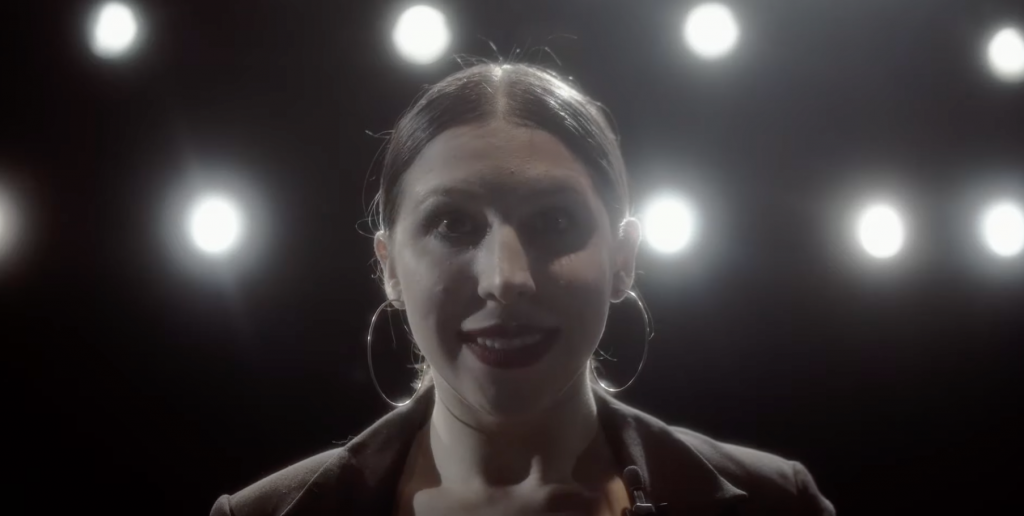
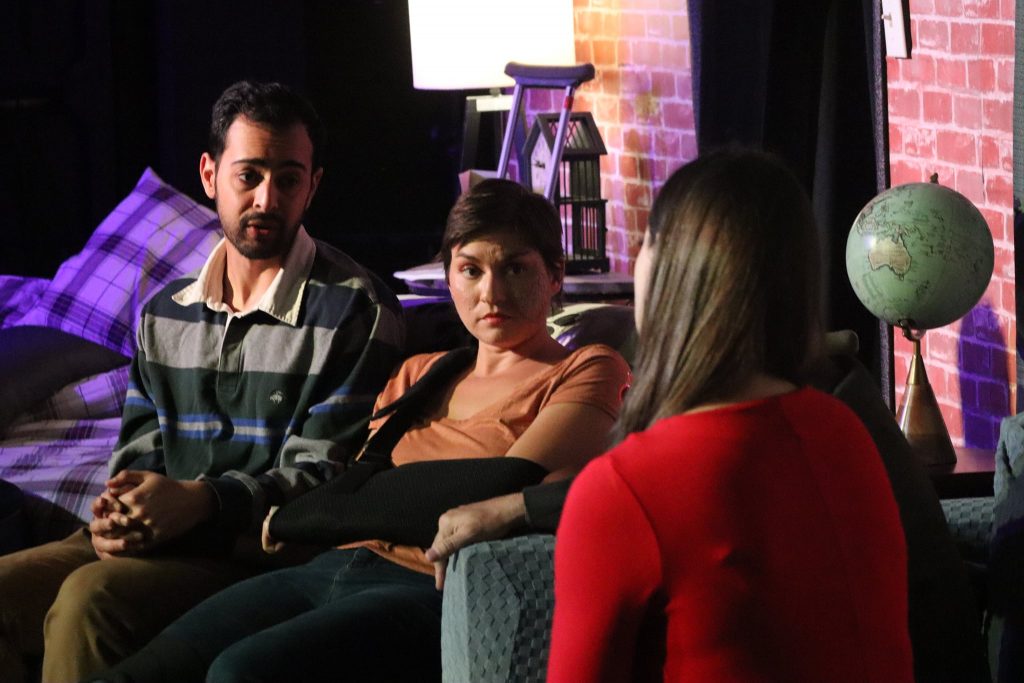
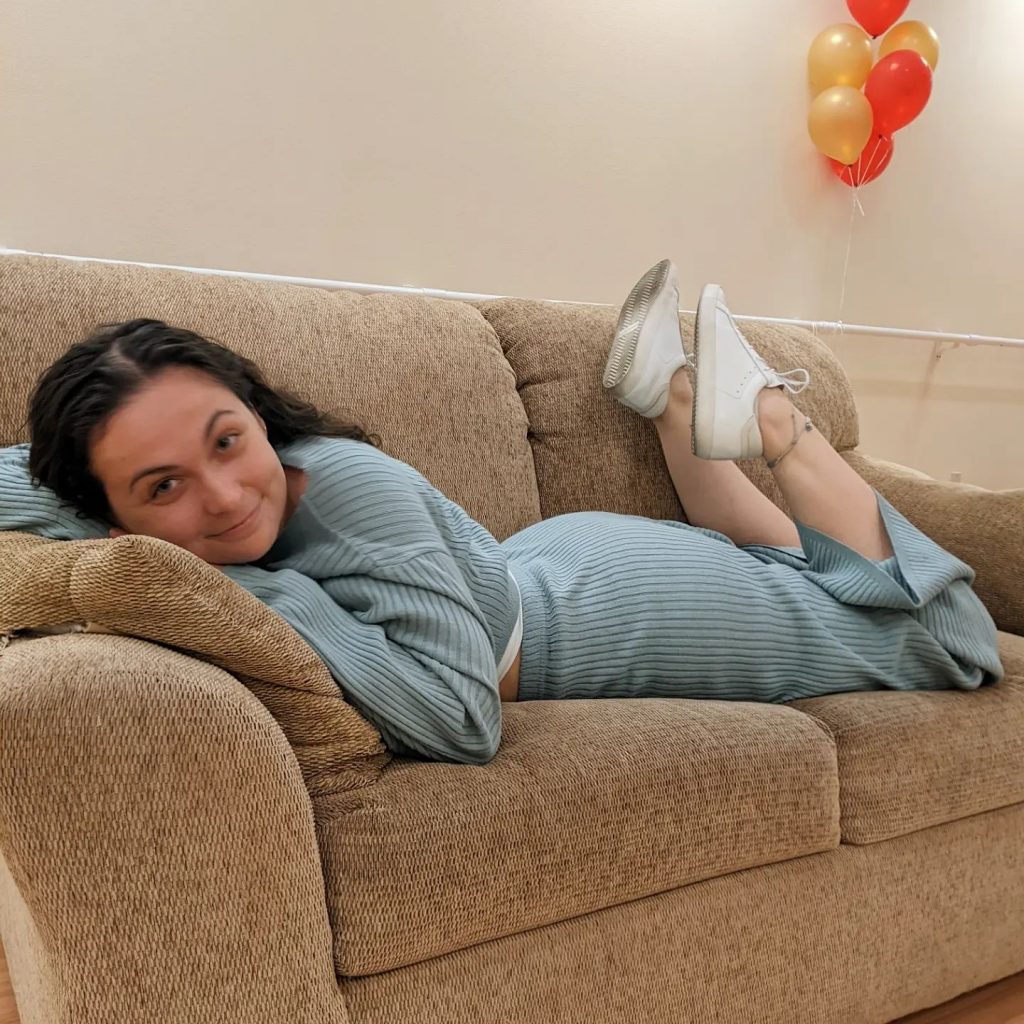

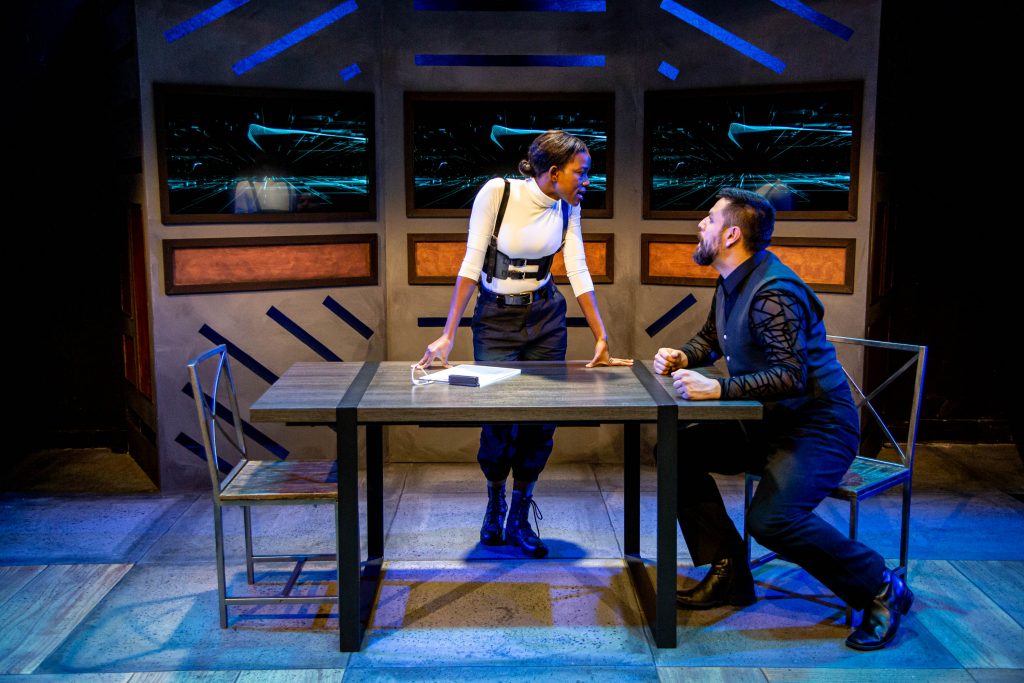
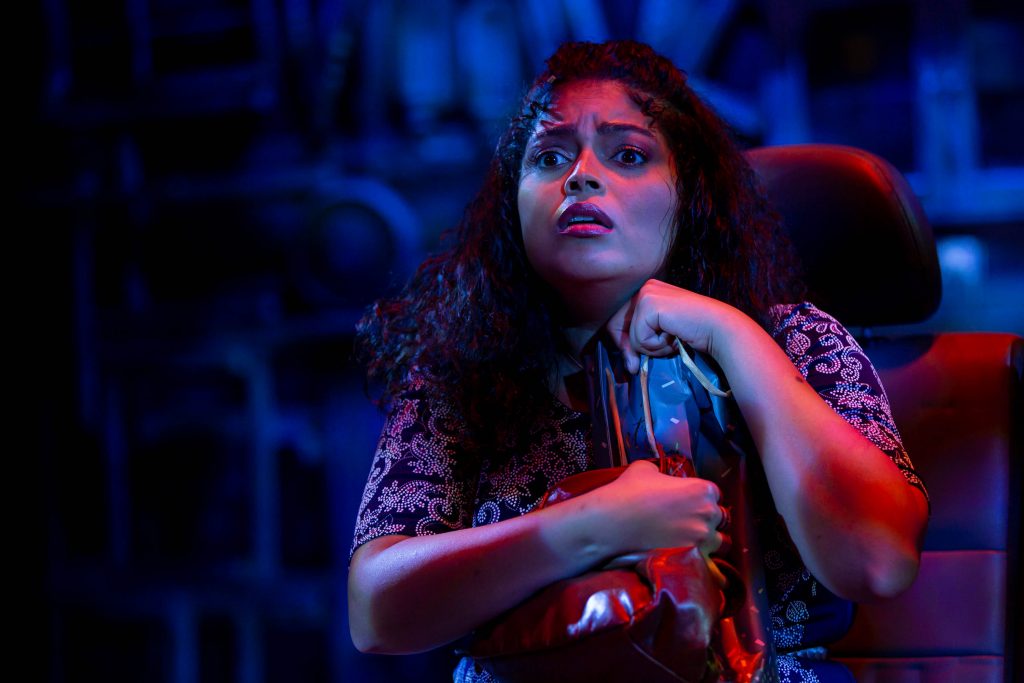
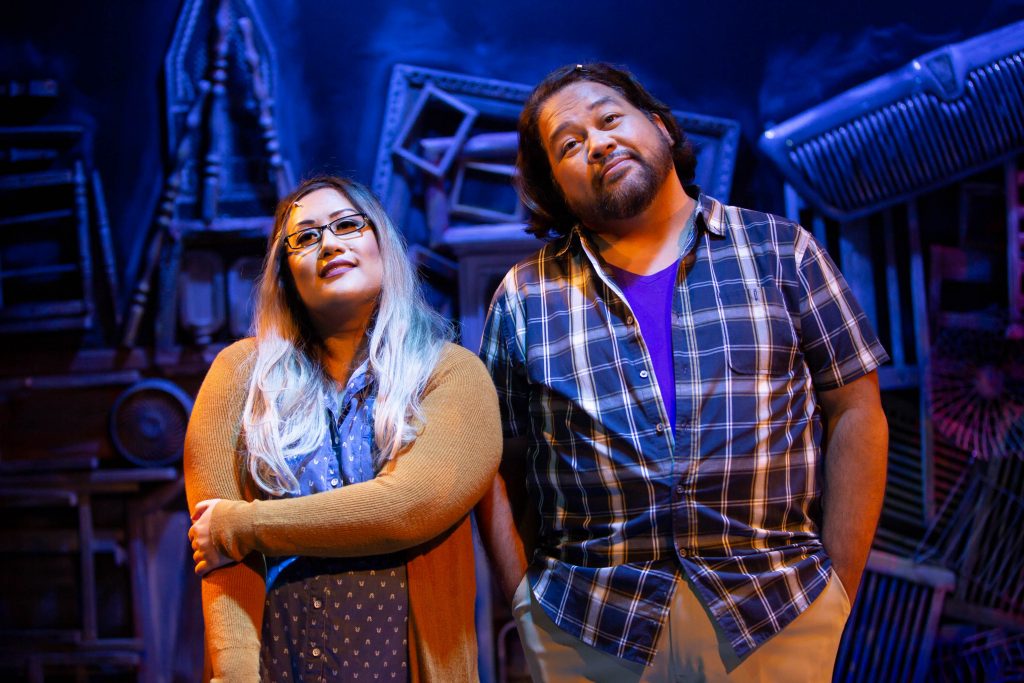

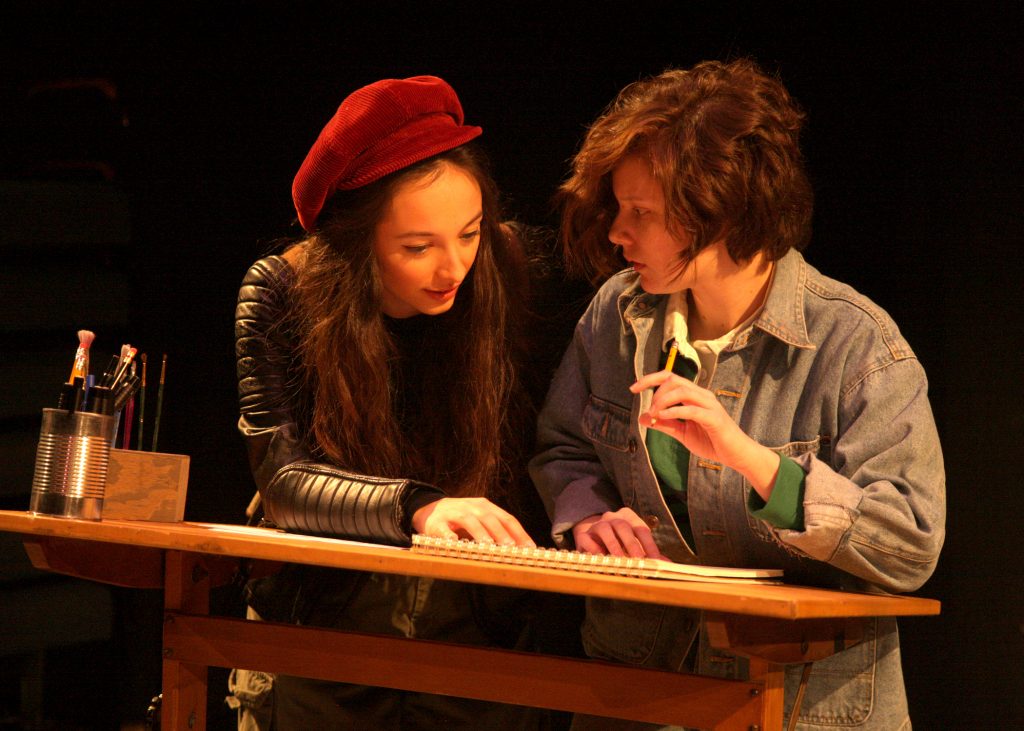
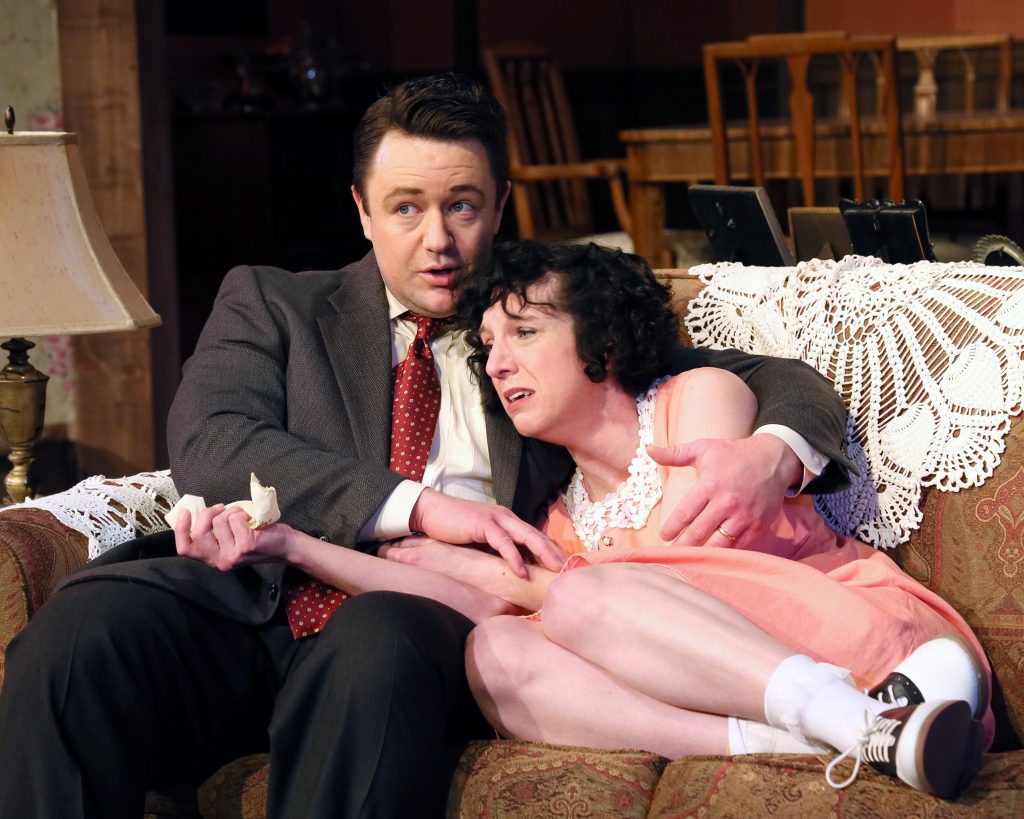
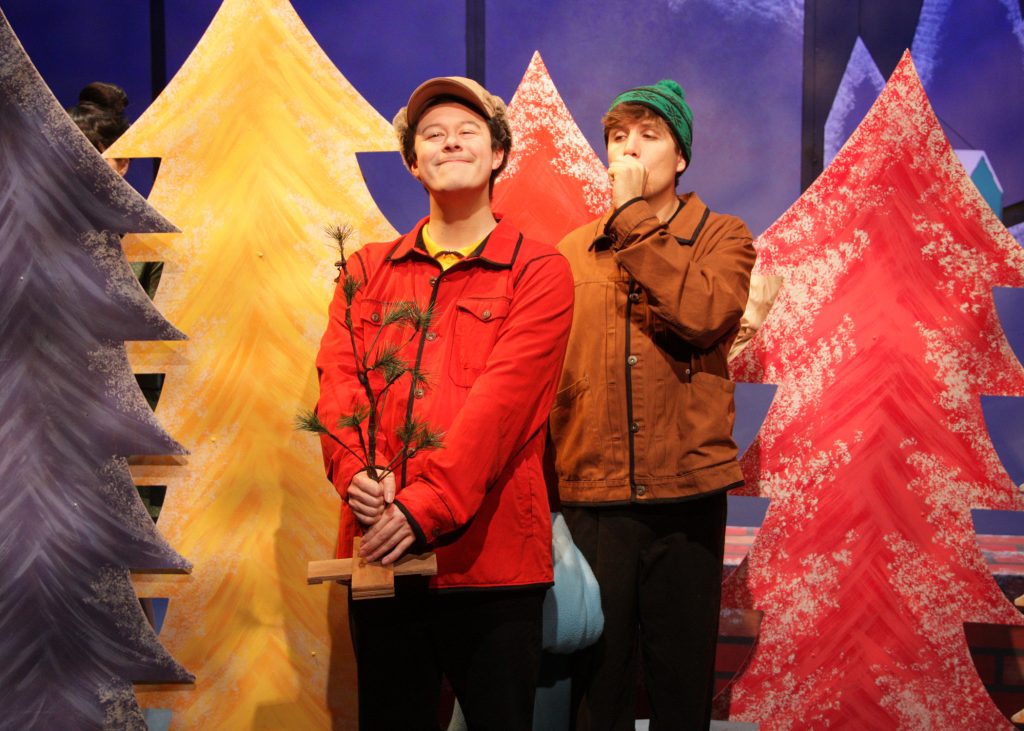
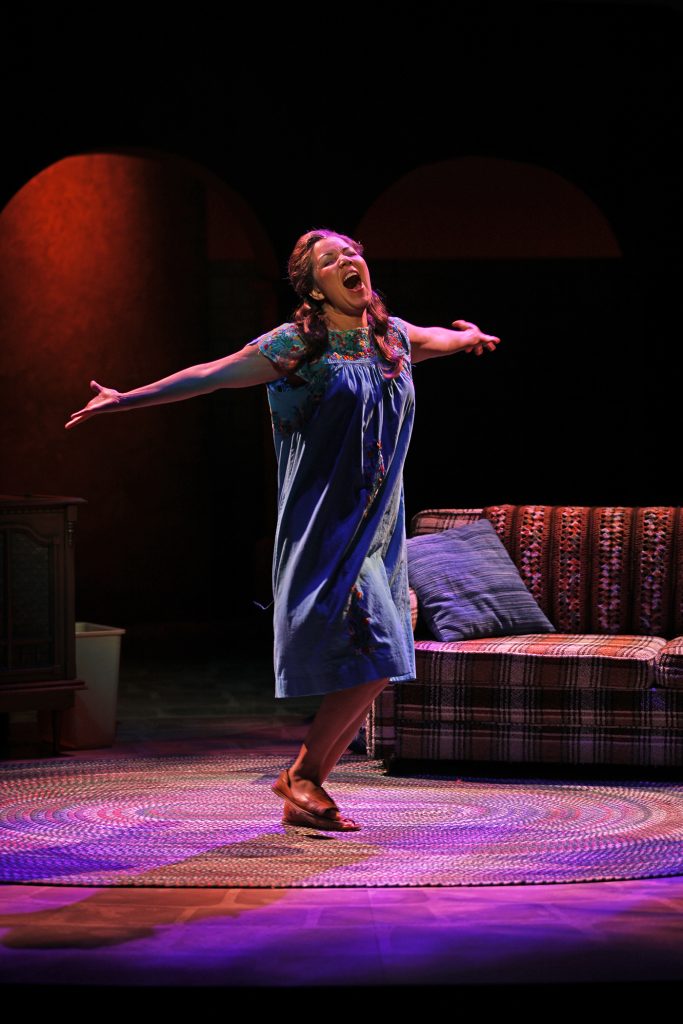
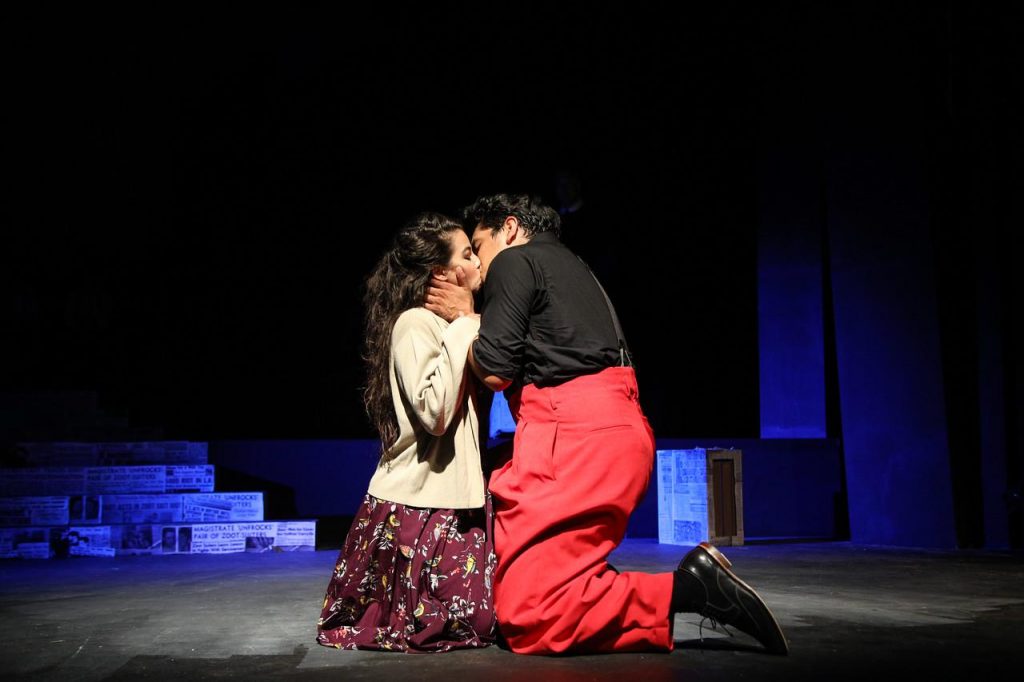
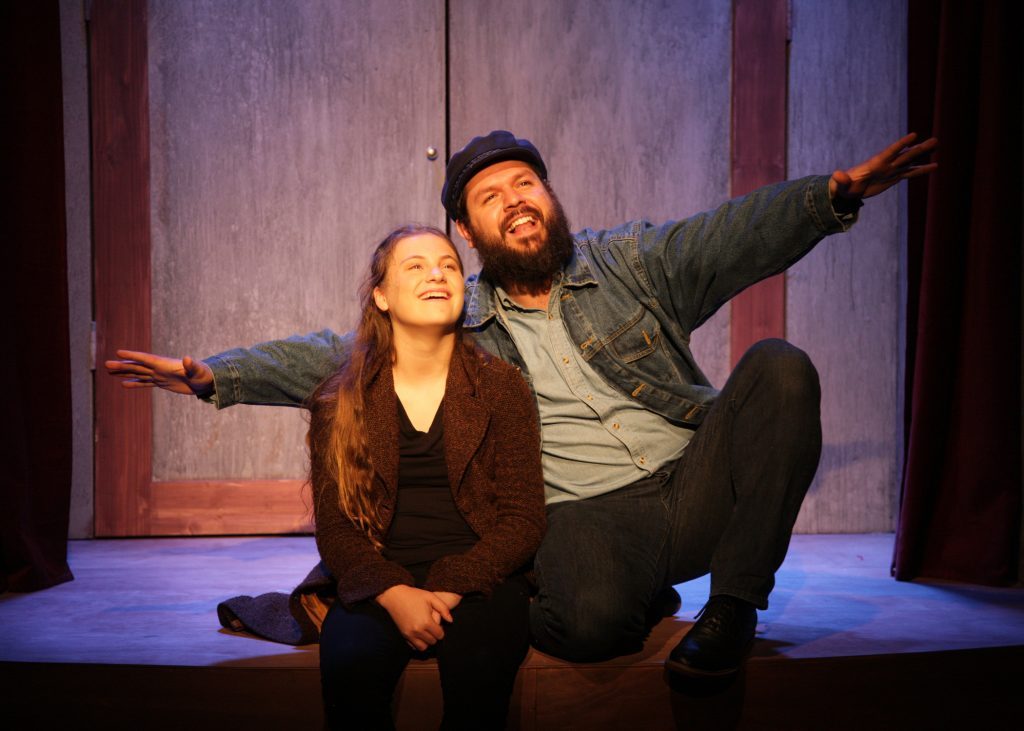
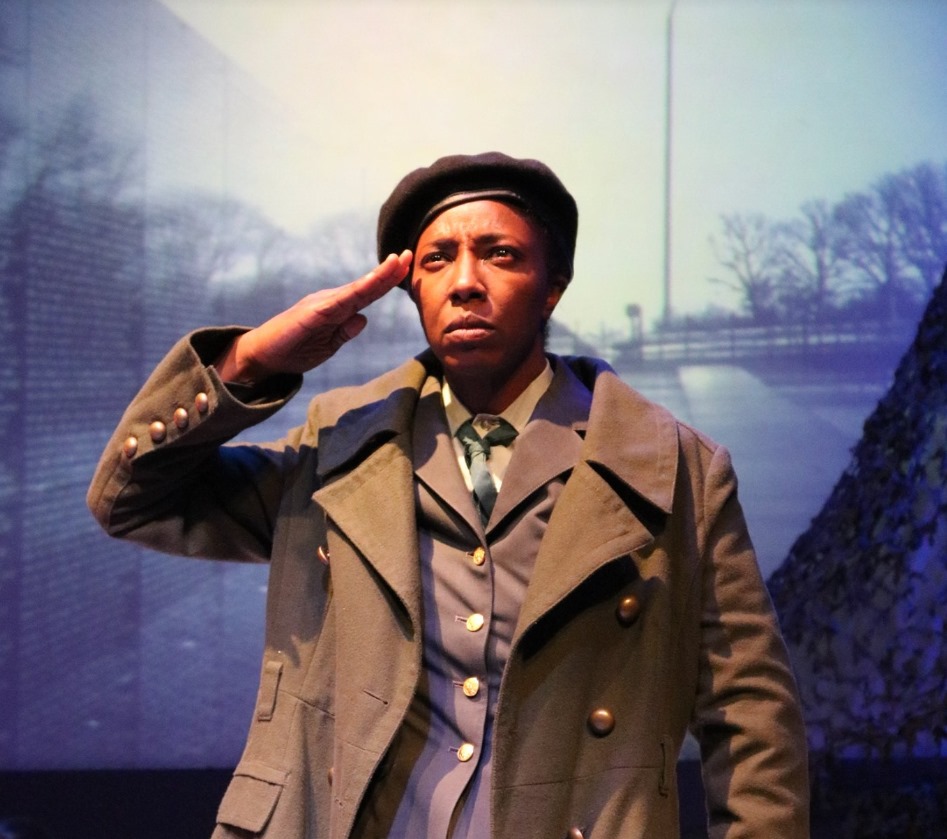
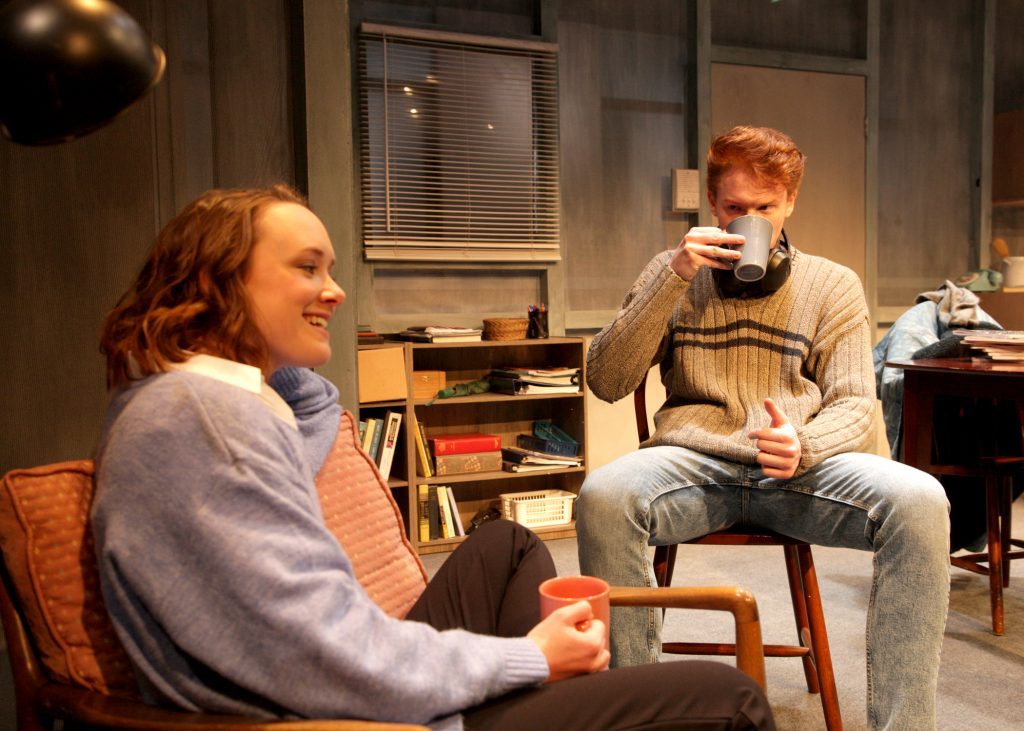
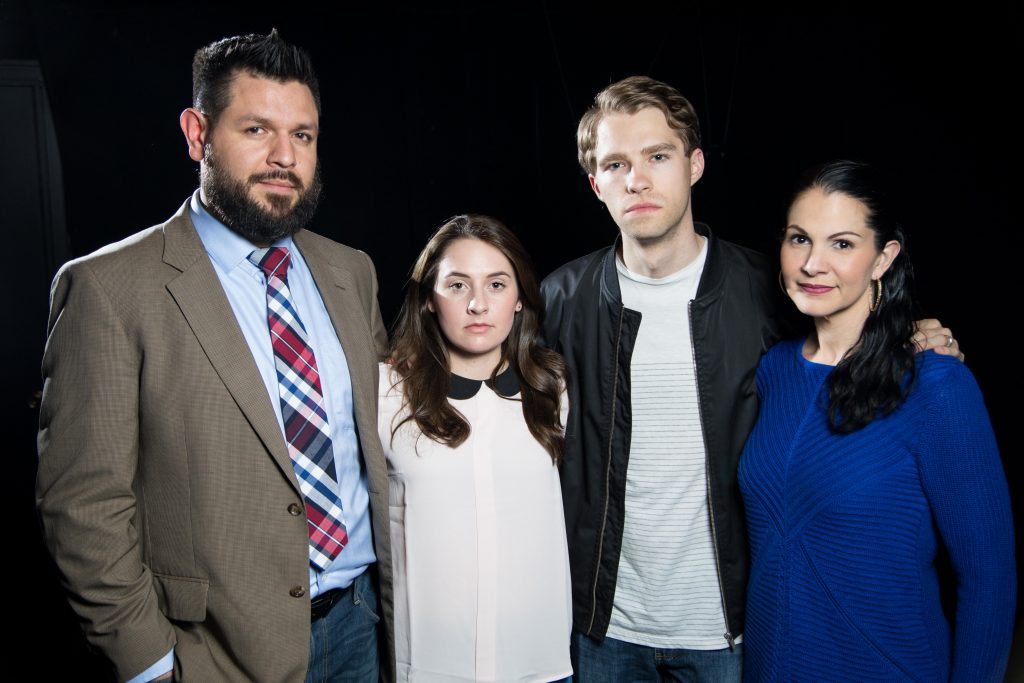
Thank you for the wonderful piece on Grace McLean by Zack Johnston!!